Molecular Diagnostics
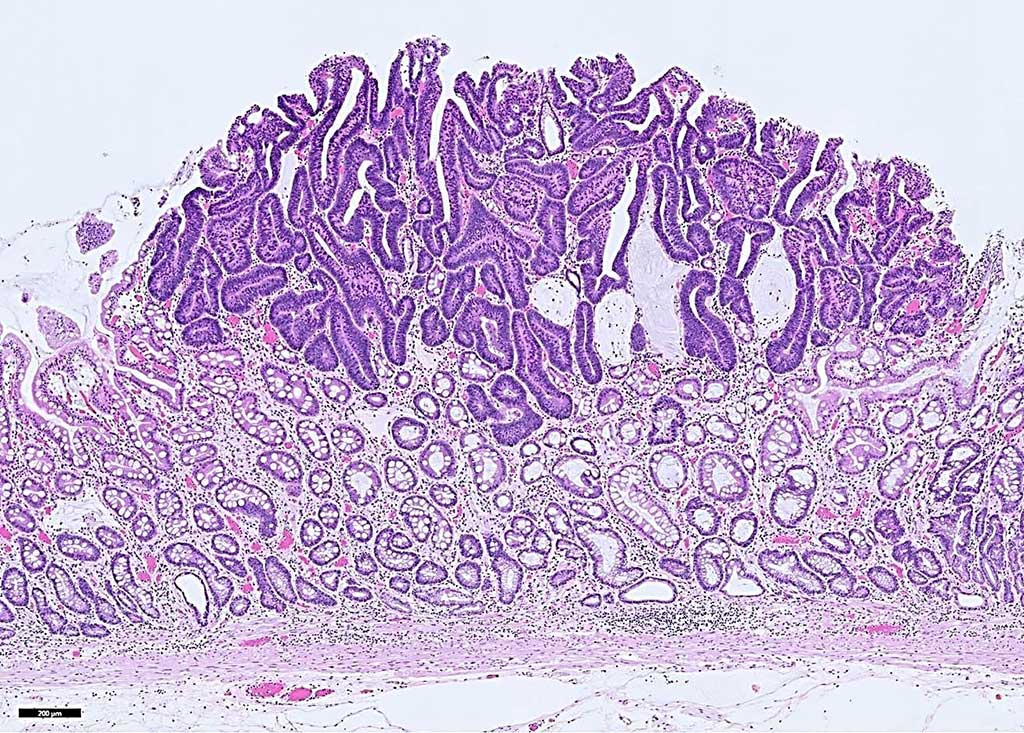
Blood Test Lead to Earlier Detection of Gastrointestinal Cancers
Gastrointestinal cancer refers to malignant conditions of the gastrointestinal tract (GI tract) and accessory organs of digestion, including the esophagus, stomach, biliary system, pancreas, small intestine, large intestine, rectum and anus. More...13 Feb 2020
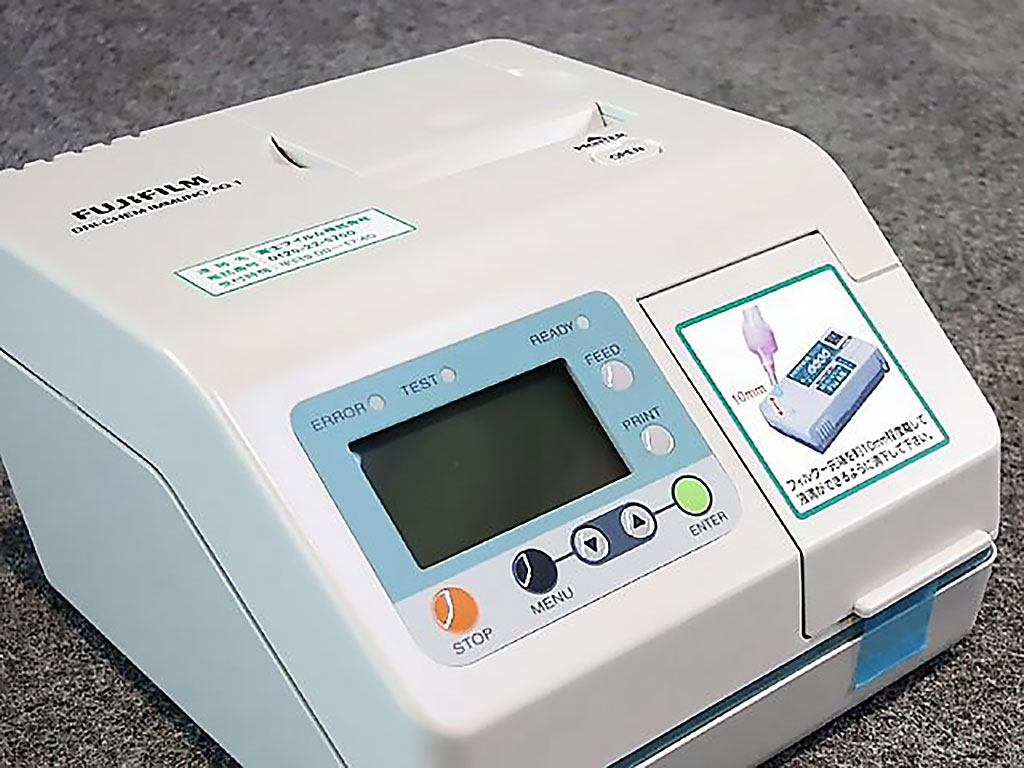
Rapid Antigenic Diagnostic Test Validated for Ebola Virus Disease
Hemorrhagic fever outbreaks are difficult to diagnose and control in part because of a lack of low-cost and easily accessible diagnostic structures in countries where etiologic agents are present. Initial clinical symptoms are common and shared with other endemic diseases such as malaria or typhoid fever. More...13 Feb 2020

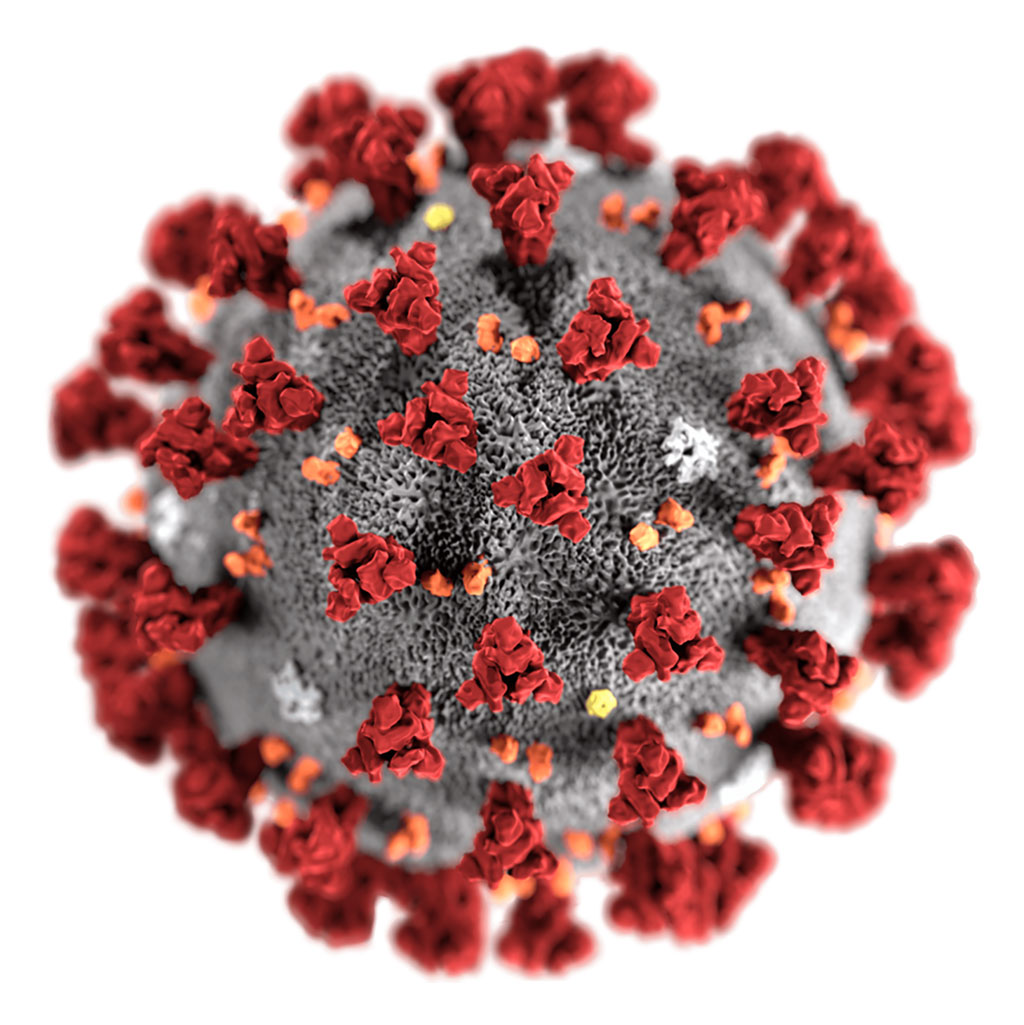
CDC Provides Test Protocol for Novel Coronavirus
The US Centers for Disease Control and Prevention (Atlanta GA, USA) has publicly posted its assay for novel coronavirus 2019-nCoV and is now developing the test into kits. The CDC diagnostic test is a reverse transcriptase real-time PCR (rRT-PCR) assay developed for respiratory and blood serum samples. The protocol to make the assay has been made publicly available. More...11 Feb 2020
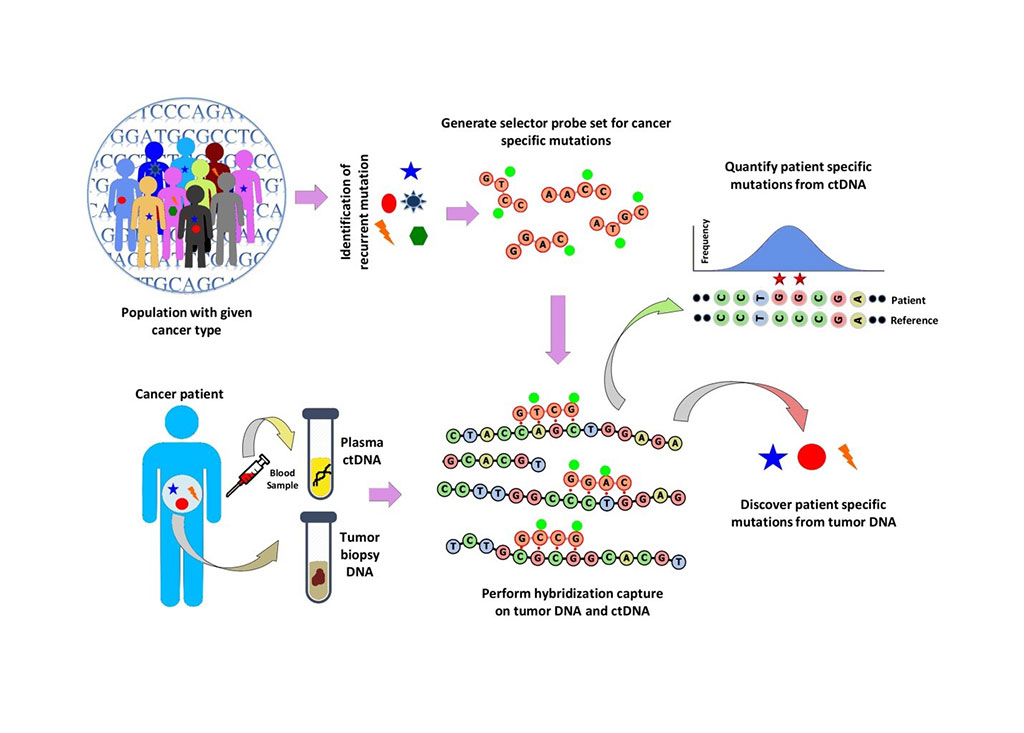
Lung Cancer Liquid Biopsy Guides MRD-Directed Adjuvant Therapy
Minimal residual disease (MRD) is the name given to small numbers of leukemic cells (cancer cells from the bone marrow) that remain in the person during treatment or after treatment when the patient is in remission or have no symptoms or signs of disease. More...11 Feb 2020

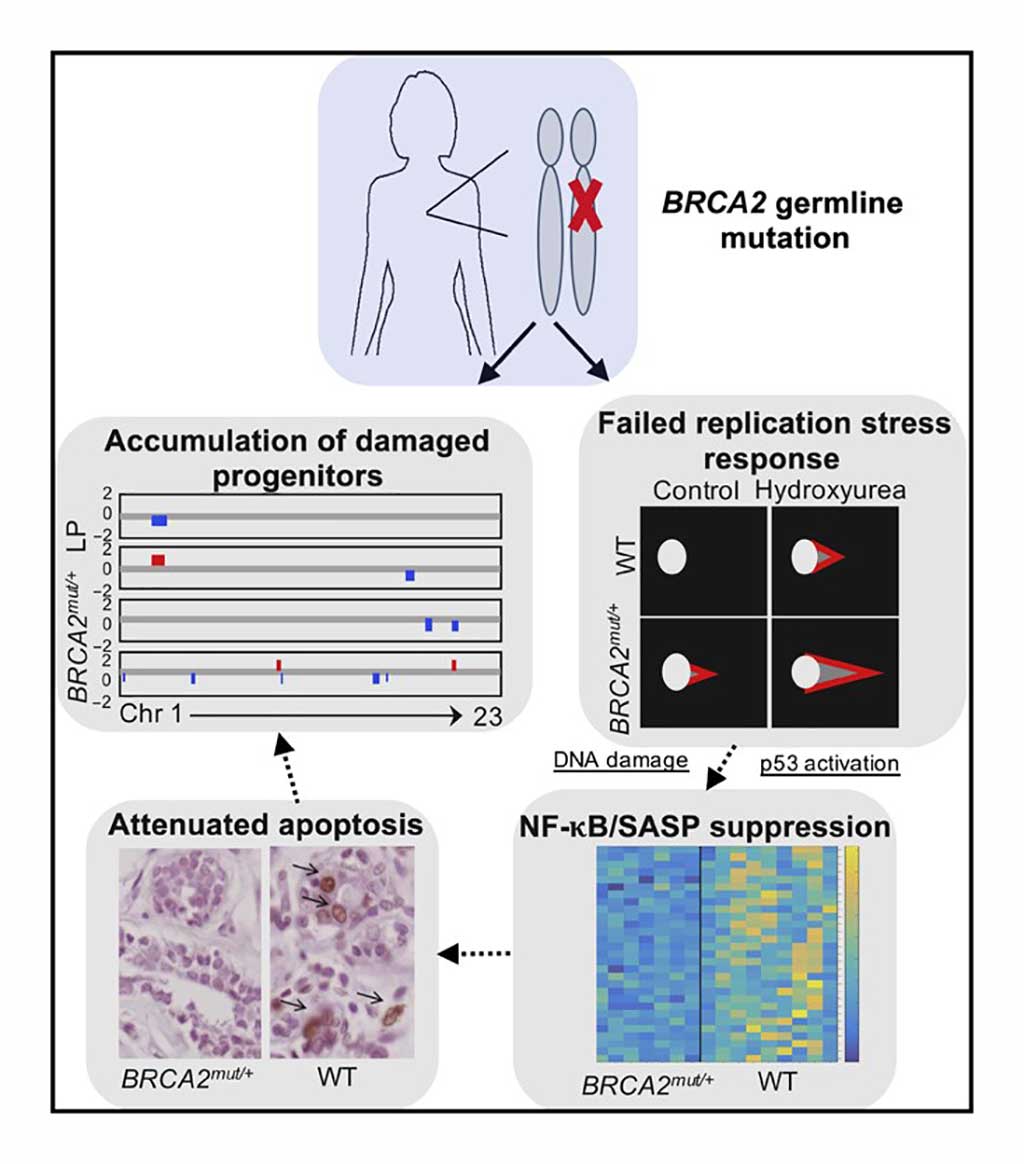
Single-Cell Sequencing Identifies Breast Cancer Risk
Women harboring heterozygous germline mutations of BRCA2 have a 50% to 80% risk of developing breast cancer, yet the pathogenesis of these cancers is poorly understood. Breast cancers arising in women who inherit heterozygous mutations in BRCA2 are associated with a high prevalence of genomic alterations and aggressive clinical behavior. More...10 Feb 2020
In Other News
Novel Enrichment Technology Indicates High Performance for Multi-Cancer Detection
Liquid Biopsy Predicts Prognosis of Gastric Cancer Following Chemotherapy or Surgery
Heart Transplant Monitoring Test Validated
Real-Time PCR Developed for Eumycetoma Diagnosis
Technique Predicts Cancer Recurrence Risk for Melanoma Patients
Loop-Mediated Isothermal Amplification Discriminates Yaws Bacterium
Urinary Metabolite GWAS Leads to Biomarkers of Kidney Disease
Blood Test Measuring anti-Müllerian Hormone Predicts Time to a Woman’s Final Menstrual Period
A Needle Biopsy-based Proteogenomics Approach for Cancer Diagnosis
Proteinuria After Acute Kidney Injury Predicts Development of Progressive Disease
Large Number of Genes Linked to Risk of Developing Autism Spectrum Disorder
Multivariable Diagnostic Prediction Score Validated for Leptospirosis
Homologous Recombination Defects Prevalent in African-American Cancer Patients
Siemens Healthineers Introduces Autoanalyzer Assay for Monitoring Fentanyl Usage
Genetic Risk Score Detects Glaucoma and Predicts Progression of the Disease
Bone Marrow Donors May Transfer Pathogenic Mutations to Patients
Identification of Rickettsial Biomarker Facilitates Early Diagnosis of Tick-borne Spotted Fevers
Genetic Biomarkers Detect Incipient Tuberculosis, Predict Progression of the Disease
Mutation Present in Genome of Some Asthma Patients Is Responsible for Resistance to Glucocorticoid Treatment
Neurodevelopmental Disorders Diagnosed with RNA-Sequencing
Genome-Wide Association Leads to Heart Failure Risk Loci
Diagnostic Biomarker Found for Esophageal Squamous Cell Carcinoma
Rapid UTI Test System Combines an Immunoassay with a Smartphone Camera
Genetic Testing channel of LabMedica brings the latest in molecular genetics, cytogenetics, and epigenetics, and methods from PCR to FISH, and more.










 (3) (1).png)